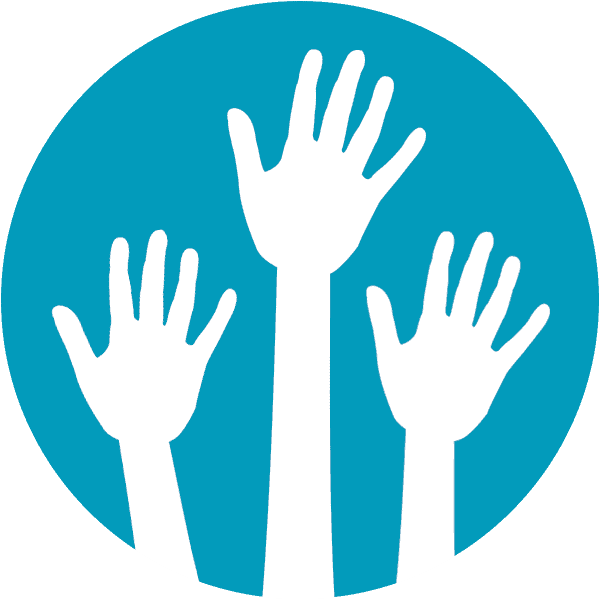Living with Cervical Dystonia: Nadia’s Story

In honor of International Women’s Day on March 8, this month the Dystonia Medical Research Foundation (DMRF) is recognizing women with cervical dystonia whose perseverance is nothing short of awe-inspiring. Their stories will be featured in a four-part series called Warrior Women Wednesdays.
Cervical dystonia is a type of dystonia that affects the neck muscles, causing involuntary head and neck movement. While cervical dystonia—also known as spasmodic torticollis—can occur in people of any age, it most commonly begins after age 30 and affects women approximately twice as often as men. This week, we’ll hear from Nadia L, a 44-year-old mother and former exercise physiologist who is living with cervical dystonia. She shared her story with the DMRF with the hope of helping other women find strength within themselves to persevere through the pain of dystonia and make peace with their diagnosis.
Persevering Through the Pain and Finding Peace
Pain and other symptoms tried to derail Nadia’s life
For years, Nadia built her career as an exercise physiologist in a hospital outpatient setting, working closely with patients managing chronic lung disease and those preparing for or recovering from lung transplants. Her days were filled with leading exercise sessions, monitoring patients, and teaching them how to navigate their conditions. It was a fulfilling and demanding role, requiring energy, precision, and a deep commitment to her patients’ well-being.
Around 2017 or 2018, Nadia started experiencing an increasing number of headaches. Nadia recalled “I would come home with headaches and fatigue, but at first, I wrote these off as just products of the stress of life and my job. My symptoms progressed to pain in the back of my head and middle of my back. I began having trouble concentrating and keeping up at work.”
A journey of patience and perseverance
Seeking answers, Nadia began seeing specialists in 2019 after the pain had begun interfering with her work and personal life. She was treated for non-specific pain, but it just got worse and spread. During this time other symptoms began to develop: neck pain, chest pain, shoulder pain and elevation, and head tremor. “I was passed around to different doctors undergoing a litany of exams and tests. I was worried I would have to live with this level of pain forever,” she shared. It wasn’t until 2022 that she was diagnosed with dystonia.
Nadia’s treatment journey has been challenging, complex, and ongoing—but she continues to push ahead, remaining resilient and determined. Various medications, botulinum toxin injections, surgeries, physical therapy, and a range of other pain management techniques have provided varying degrees of relief. “I was having headaches and still had a lot of pain, pulling and spasms in my neck, shoulders and back. The toxin provided some relief to these areas, but I was also trying tons of other things,” she mentioned.
Ultimately, as her dystonia progressed, her doctors recommended an intrathecal pump, also known as a pain pump, which is an implant to deliver medication directly to the fluid surrounding her spinal cord. In December 2023, she underwent the procedure. While it has improved her range of motion, it is not a cure. She still requires toxin injections and other forms of pain management.
If there is one thing Nadia has learned throughout her treatment journey, it is that dystonia does not come with a one-size-fits-all solution. It is a lesson in patience and perseverance. “Everyone’s presentation is so different you just have to be specific about what is and isn’t working and exercise a little patience with the trial and error.”
Embracing dystonia and loving your entire self
Nadia has faced excruciating pain, anxiety, fatigue, and the deep frustration of an unpredictable body. Though she has limitations, she refuses to let them define her life. Her daughters, her greatest joy, remind her daily of her strength. She strives to teach them that strength is not just physical—it is emotional, mental, and spiritual. “My two school-age daughters are the light of my life! They motivate me to stay positive and be the best mom I can be. They understand my limitations, but with careful planning and adapting, we still have fun. I want them to grow up knowing there’s so much more to someone than their physical abilities. I also want them to know that regardless of life’s circumstances, our response to difficulty shapes our future,” she explained.
Dystonia has taught Nadia that suffering is not just about pain; it is about growth. In powerful, thought-provoking words, she noted “suffering is an inherent part of life that deeply humbles us. It’s easy to focus on our shortcomings and tempting to erase the tough parts of the narrative of our lives. However, it’s in those messy, dark chapters that we grow the most. We learn about ourselves through life’s struggles, discovering true peace, joy, hope, and love. I have come to see the blessings in the challenges that have led me to a place of peace with dystonia, embracing it rather than fighting it.”



